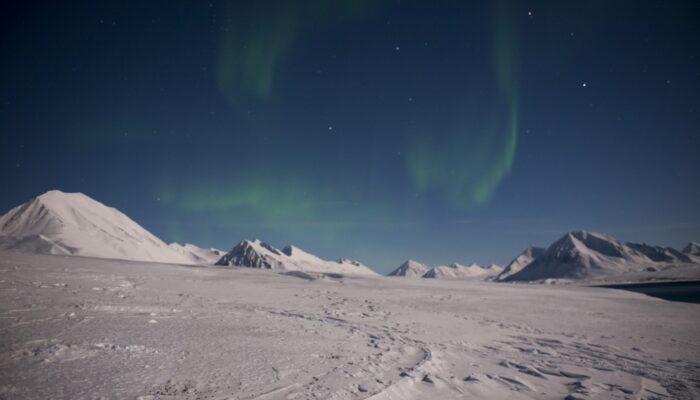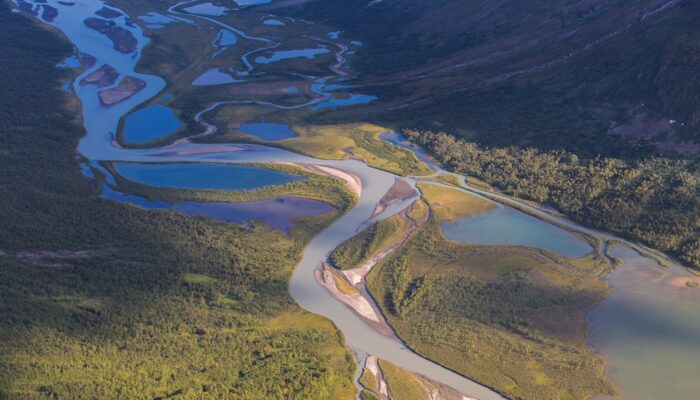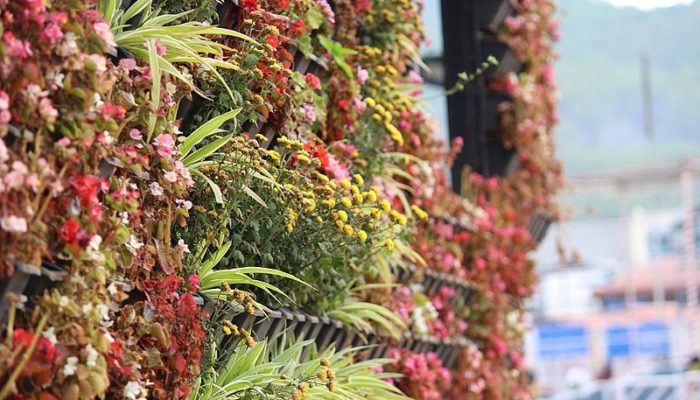Why do I feel uncomfortable as the only woman in a meeting? Why do they gossip about the male postdoc who is supervising three female MSc students? Have I really been asked to give this presentation just because I am a woman? It was thanks to all the work and reading I was doing for our study about gender inequality in the geosciences that I realised it is not ok I have to ask myself these questio ...[Read More]
Gender equality and equal opportunities – keep the discussion going!




